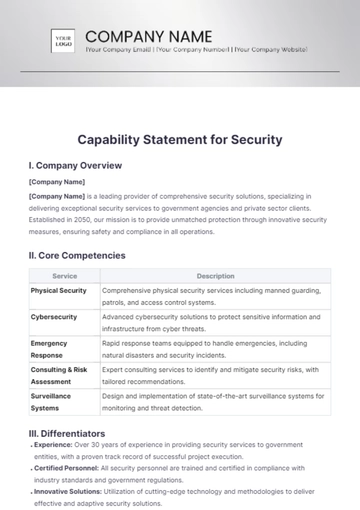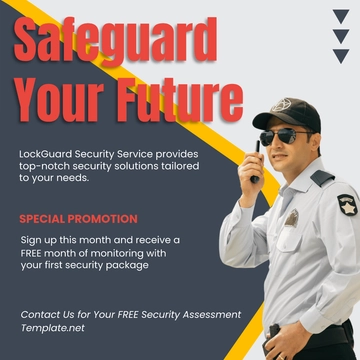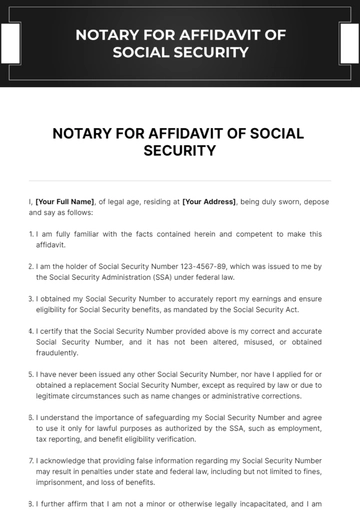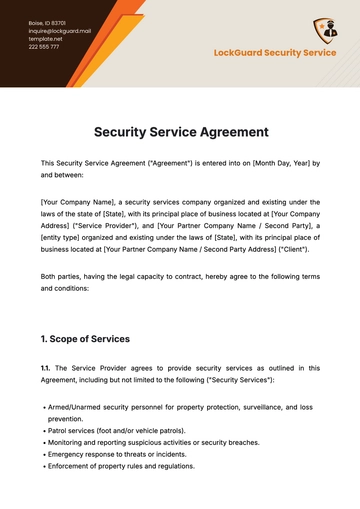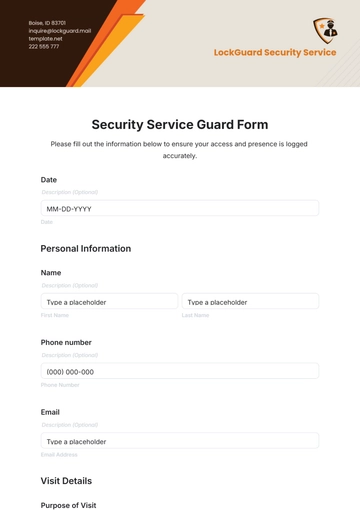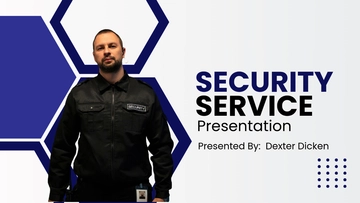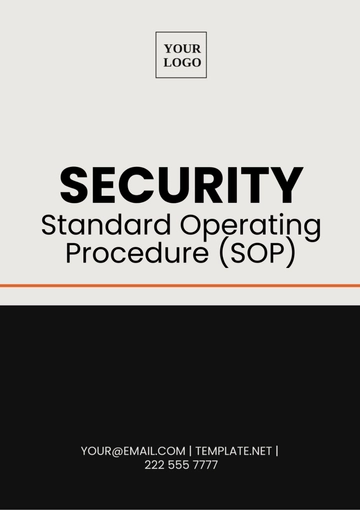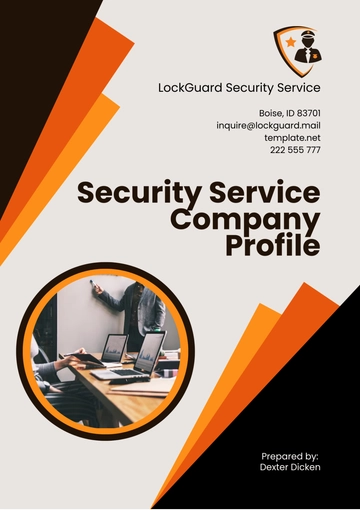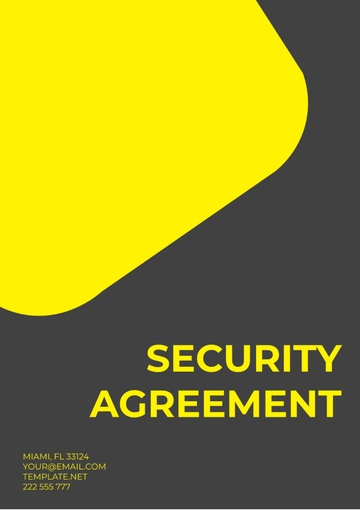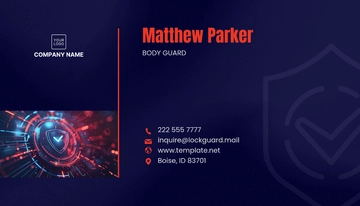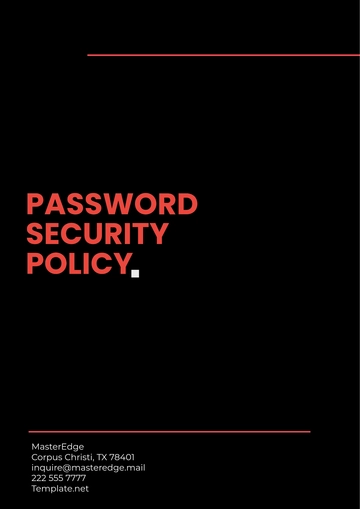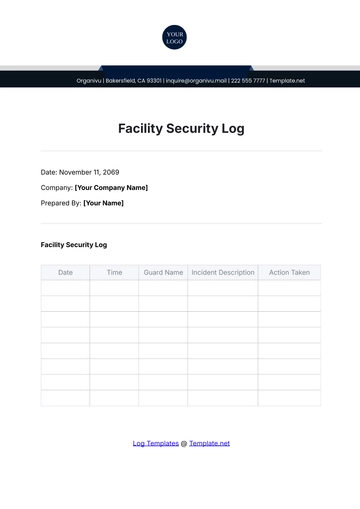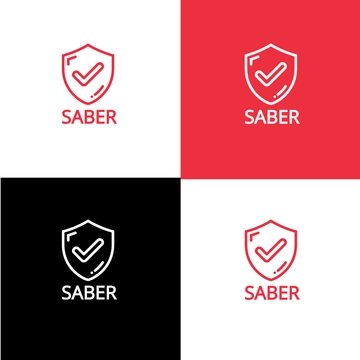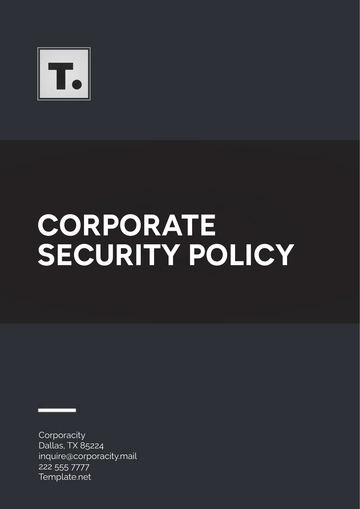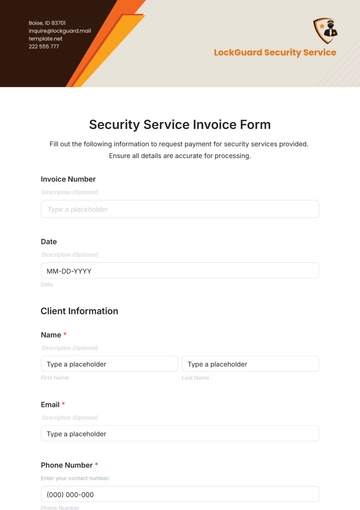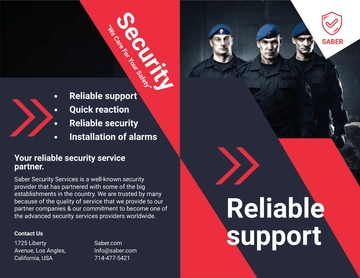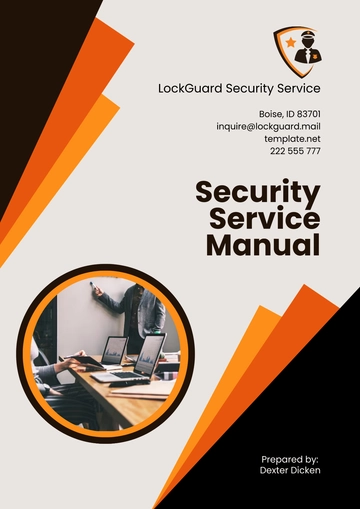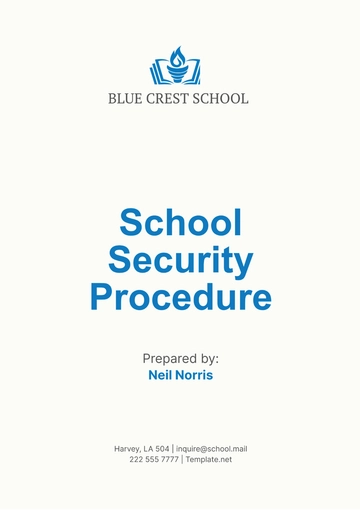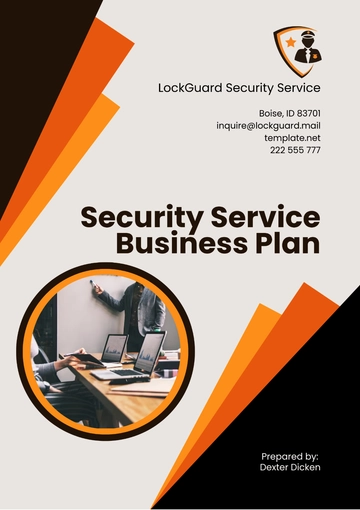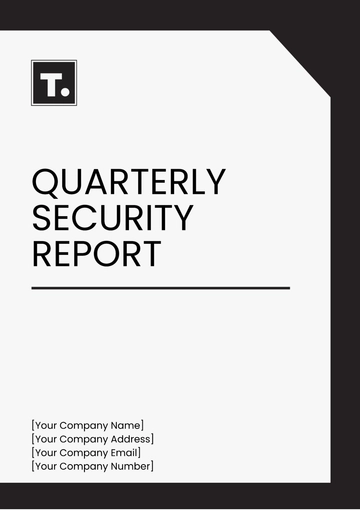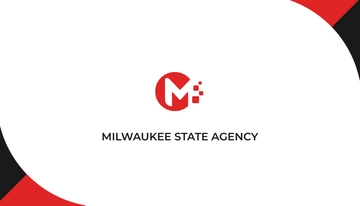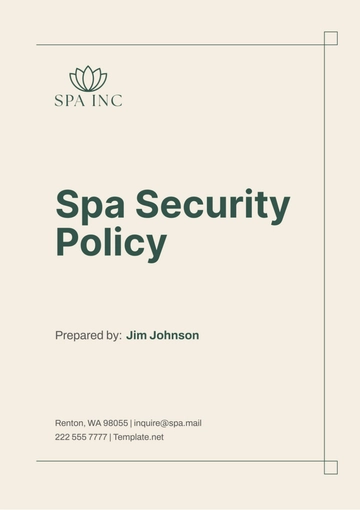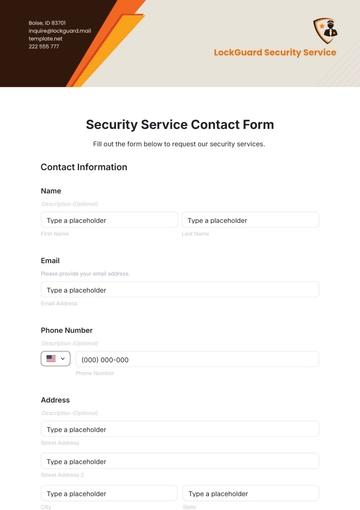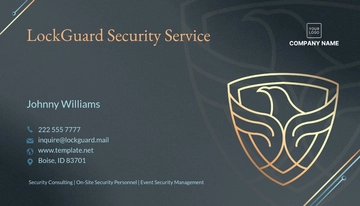Free Sales Protocol for Event Security and Safety
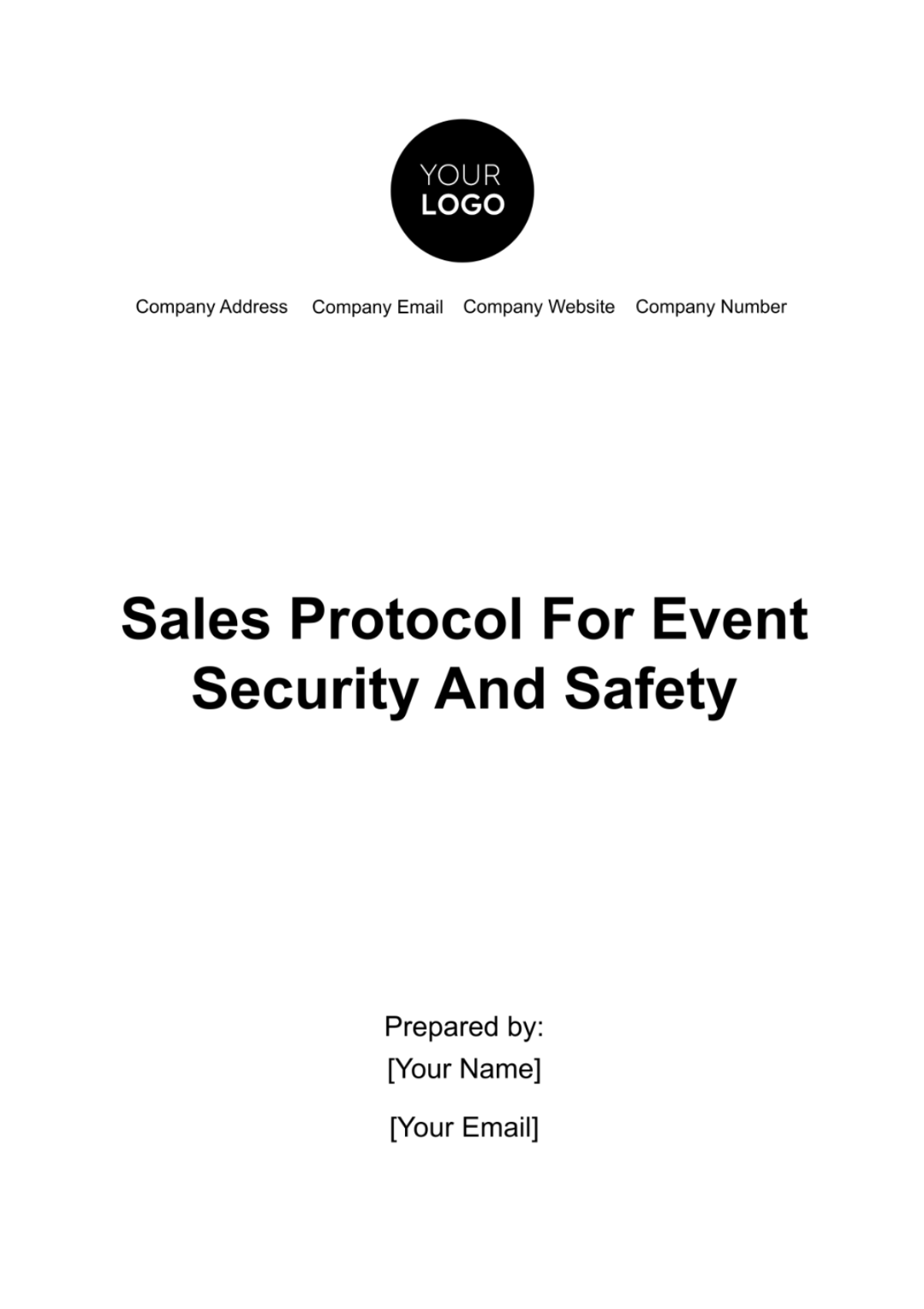
I. Introduction
A. Purpose
The purpose of this Sales Protocol is to serve as a comprehensive guide for sales representatives at [Your Company Name], ensuring they possess the necessary tools and strategies to effectively promote and sell our event security and safety services. By providing a structured framework, this protocol aims to enhance the professionalism, consistency, and efficiency of the sales process, ultimately leading to increased client satisfaction and revenue generation.
B. Scope
This protocol encompasses the entire spectrum of activities involved in the sales process, from initial lead generation to post-sales support. It outlines the step-by-step procedures for identifying potential clients, conducting needs assessments, developing tailored proposals, delivering persuasive presentations, handling negotiations and objections, and finalizing contracts. Furthermore, it extends to post-sales activities such as onboarding, evaluation, and ongoing client relationship management, ensuring a seamless experience for clients and sustained business growth for [Your Company Name].
II. Lead Generation
A. Identifying Potential Clients
Market Research: Conduct extensive market research to identify target industries and sectors where there is a high demand for event security and safety services. Analyze industry trends, market dynamics, and competitive landscape to identify potential clients who may benefit from our offerings.
Networking: Actively engage in networking events, industry conferences, and trade shows to establish connections with event planners, venue managers, and other key stakeholders. Build relationships with industry influencers and decision-makers to expand your professional network and gain access to potential clients.
Referrals: Leverage existing client relationships and industry partnerships to solicit referrals. Encourage satisfied clients to recommend [Your Company Name] to their colleagues and peers within the industry. Offer incentives or rewards for successful referrals to incentivize clients to act as brand ambassadors.
Online Presence: Enhance [Your Company Name]'s online visibility through digital marketing channels such as social media, content marketing, and search engine optimization (SEO). Create engaging content, share industry insights, and showcase success stories to attract potential clients and position [Your Company Name] as a trusted authority in event security and safety.
B. Utilizing CRM Software
Effective lead management is essential for organizing and prioritizing potential clients throughout the sales process. [Your Company Name] employs Customer Relationship Management (CRM) software to streamline lead tracking, task management, pipeline visualization, and communication with leads.
Functionality | Description |
|---|---|
Lead Tracking | Capture and categorize leads based on their source, industry, and stage in the sales funnel. |
Task Management | Schedule follow-up tasks, appointments, and reminders to ensure timely engagement with leads. |
Pipeline Management | Visualize the sales pipeline to track the progress of leads from initial contact to conversion. |
Communication | Communicate with leads via email, phone calls, and personalized messages directly within the CRM. |
By leveraging CRM software, sales representatives can effectively manage their leads, prioritize their activities, and nurture relationships with potential clients, ultimately driving sales growth for [Your Company Name].
III. Initial Contact
A. Reaching Out to Potential Clients
Email Outreach: Craft personalized and engaging email messages to introduce [Your Company Name] and our event security and safety services to potential clients. Highlight key benefits and value propositions tailored to the recipient's industry and specific needs. Ensure that emails are concise, professional, and free of spelling or grammatical errors.
Phone Calls: Initiate follow-up phone calls to potential clients who have shown interest or engaged with our initial email outreach. Use a scripted approach to introduce yourself, establish rapport, and schedule a meeting or consultation to discuss their security requirements in more detail. Be prepared to address any questions or concerns the client may have and adapt your approach based on their response.
B. Introducing [Your Company Name]
Company Overview: Provide a brief overview of [Your Company Name], highlighting our expertise, experience, and commitment to delivering high-quality event security and safety solutions. Emphasize any relevant certifications, accreditations, or industry affiliations that demonstrate our credibility and reliability.
Value Proposition: Clearly articulate the unique value proposition of [Your Company Name]'s event security and safety services. Focus on the benefits and advantages that set us apart from competitors, such as our highly trained security personnel, advanced technology solutions, and proactive approach to risk management.
IV. Needs Assessment
A. Conducting Assessments
Discovery Meetings: Schedule discovery meetings or consultations with potential clients to conduct thorough assessments of their event security and safety needs. Use open-ended questions to gather information about the nature of their events, anticipated attendance, venue layout, potential security risks, and any specific concerns or objectives they may have.
Site Visits: Whenever possible, conduct on-site visits to assess the physical layout and security infrastructure of the event venue. Identify potential vulnerabilities, ingress and egress points, crowd flow patterns, and areas of high risk that may require additional security measures or surveillance.
B. Gathering Information
Event Details: Collect detailed information about the client's upcoming events, including dates, times, locations, and expected attendance figures. Understand the nature and purpose of the event, whether it's a corporate conference, music festival, sporting event, or private function, to tailor our security solutions accordingly.
Security Requirements: Determine the client's specific security requirements and preferences, such as the need for uniformed security officers, plainclothes security personnel, access control measures, CCTV surveillance, metal detectors, or other security technologies. Take note of any legal or regulatory compliance requirements that may apply to the event.
Information Category | Description |
|---|---|
Event Details | Dates, times, locations, type of event, anticipated attendance, venue layout |
Security Requirements | Uniformed officers, plainclothes personnel, access control, surveillance technology, etc. |
Legal Compliance | Permits, licenses, regulations, industry standards, duty of care obligations, liability issues |
By conducting comprehensive needs assessments and gathering relevant information upfront, [Your Company Name] can develop tailored security solutions that address the client's specific requirements and provide maximum protection for their events.
V. Proposal Development
A. Customizing Security Solutions
Tailored Approach: Develop customized event security and safety solutions based on the specific needs and requirements identified during the needs assessment phase. Offer a range of security services and technologies that can be tailored to suit the size, nature, and complexity of the client's events.
Scalability: Design flexible security solutions that can be scaled up or down depending on the client's event requirements. Offer modular service packages with optional add-ons or upgrades to accommodate changes in event size, venue, or security risk profile.
B. Outlining Scope of Services
Service Components: Clearly outline the scope of services included in [Your Company Name]'s event security and safety packages. This may include services such as access control, crowd management, perimeter security, VIP protection, emergency response, and crisis management.
Technology Solutions: Highlight any advanced security technologies or surveillance systems that [Your Company Name] can deploy to enhance event security. This may include CCTV cameras, access control systems, metal detectors, RFID tracking, and biometric authentication.
Service Components | Description |
|---|---|
Access Control | Implementing access control measures to regulate entry and exit points, ticket validation, and credential checks. |
Crowd Management | Deploying trained personnel to manage crowd flow, prevent overcrowding, and maintain order during the event. |
Perimeter Security | Securing the perimeter of the event venue with physical barriers, fencing, barricades, and security patrols. |
VIP Protection | Providing personalized security details to protect VIPs, dignitaries, performers, and high-profile guests. |
Emergency Response | Establishing protocols and procedures for responding to medical emergencies, fires, evacuations, and security incidents. |
VI. Presentation and Demonstration
A. Presenting Proposal
Professional Presentation: Prepare a professional and visually appealing presentation to showcase [Your Company Name]'s event security and safety solutions. Use clear, concise language and compelling visuals to communicate key features, benefits, and value propositions to the client.
Addressing Client Concerns: Anticipate and address any potential concerns or objections that the client may have during the presentation. Provide evidence-based solutions and case studies to demonstrate [Your Company Name]'s ability to deliver effective security solutions in diverse event environments.
B. Conducting Demonstrations
Technology Showcase: If applicable, conduct live demonstrations of [Your Company Name]'s advanced security technologies and surveillance systems. Allow the client to interact with the technology firsthand and demonstrate its effectiveness in enhancing event security and safety.
Practical Scenarios: Simulate realistic event scenarios or security scenarios to illustrate how [Your Company Name]'s security personnel and protocols would respond to various threats or emergencies. This hands-on approach can help the client visualize the effectiveness of our security solutions in real-world situations.
VII. Negotiation and Objection Handling
A. Addressing Concerns
Active Listening: Listen attentively to the client's concerns and objections without interrupting. Show empathy and understanding to build rapport and trust with the client.
Clarification: Clarify the client's concerns by asking probing questions to uncover the root cause of their objections. Seek to understand their perspective and address any misunderstandings or misconceptions about [Your Company Name]'s services.
B. Clarifying Pricing and Terms
Transparent Pricing: Provide transparent pricing and fee structures for [Your Company Name]'s event security and safety services. Clearly outline the costs associated with different service components and any additional fees or surcharges that may apply.
Value Proposition: Emphasize the value proposition of [Your Company Name]'s services and the return on investment (ROI) that the client can expect to receive. Highlight the long-term benefits and cost savings of investing in comprehensive event security and safety solutions.
VIII. Contract Signing
A. Finalizing Details
Contract Review: Review the proposed contract terms and conditions with the client to ensure mutual understanding and agreement. Address any questions or concerns the client may have regarding contractual obligations, liabilities, or limitations.
Customization: Customize the contract to reflect the specific terms and requirements agreed upon during the negotiation process. Ensure that all service components, pricing details, and timelines are accurately documented and agreed upon by both parties.
B. Providing Signed Contracts
Timely Delivery: Provide the client with a finalized copy of the signed contract in a timely manner. Ensure that all necessary signatures and approvals are obtained from both [Your Company Name] and the client before proceeding with the implementation of the security services.
Contract Management: Maintain organized records of all signed contracts and related documentation for future reference and compliance purposes. Use contract management software or tools to track contract renewals, amendments, and expiration dates to ensure ongoing compliance and client satisfaction.
Concern | Response |
|---|---|
Pricing | Provide transparent pricing and emphasize the value proposition of our services. |
Service | Address concerns by clarifying the scope of services and customizing solutions to meet needs. |
Experience | Highlight [Your Company Name]'s experience, expertise, and track record of success. |
IV. Conclusion
This Sales Protocol for Event Security and Safety provides a structured framework for sales representatives at [Your Company Name] to effectively market and sell our comprehensive security solutions. By following the outlined procedures and guidelines, our sales team can confidently engage with clients, address their concerns, and secure valuable contracts.
Through proactive lead generation, thorough needs assessments, customized proposals, persuasive presentations, and effective negotiation tactics, we can demonstrate the value of our services and establish long-lasting partnerships with our clients.
Furthermore, by prioritizing client satisfaction and delivering on our promises, we can position [Your Company Name] as a trusted partner in event security and safety, driving continued growth and success for our company.
For further inquiries or assistance, please contact [Your Company Name] at [Your Company Email] or [Your Company Number].
- 100% Customizable, free editor
- Access 1 Million+ Templates, photo’s & graphics
- Download or share as a template
- Click and replace photos, graphics, text, backgrounds
- Resize, crop, AI write & more
- Access advanced editor
Ensure event security and safety with our Sales Protocol for Event Security and Safety Template from Template.net. This editable and customizable document outlines comprehensive protocols to safeguard attendees and assets during events. Easily adapt the protocol to suit your specific event requirements using our Ai Editor Tool. Prioritize security and create a safe environment for successful events.
